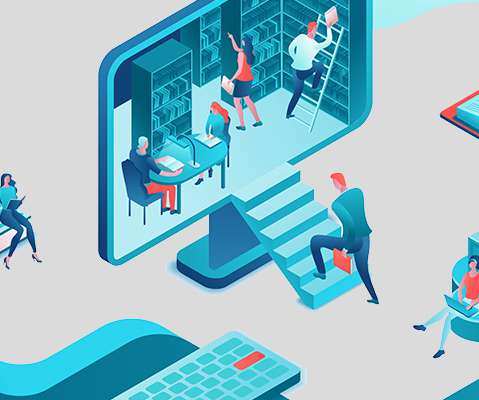Synchronous vs. Asynchronous Communication: What are the Differences??
eloomi
SEPTEMBER 28, 2022
What is synchronous communication? Synchronous communication is real-time communication between two or more team members. Many organizations use synchronous communication for team meetings and decision-making purposes. What is asynchronous communication? Asynchronous vs Synchronous Communication.
























Let's personalize your content